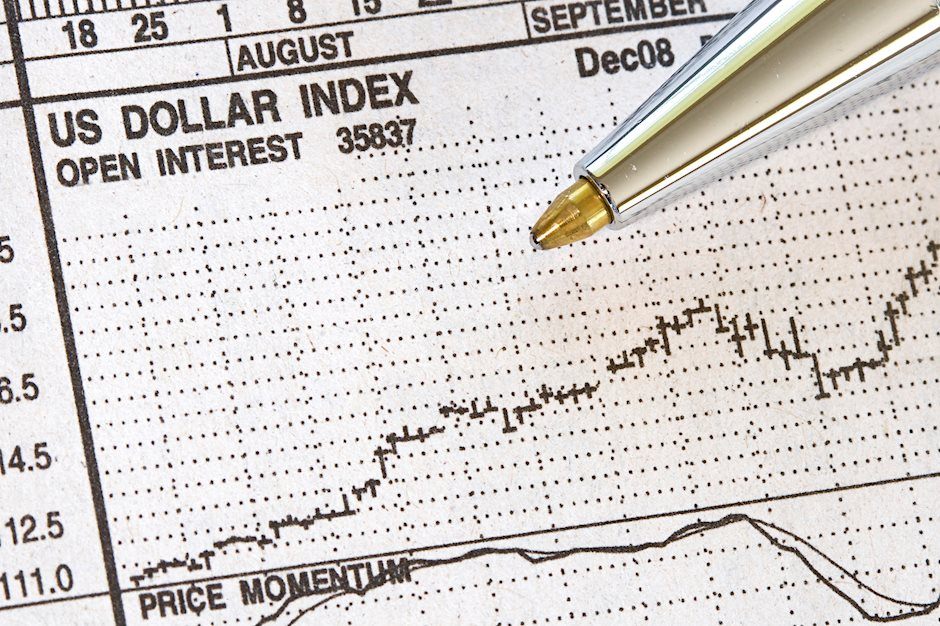Dollar Stumbles, More Losses Ahead?

The US dollar ended the week lower against all of the major currencies on the back of softer economic data. Instead of improving, the Empire State manufacturing index dropped to a 22 month low in the month of March while industrial production grew less than expected. The University of Michigan Consumer Sentiment index increased but the improvement also fell short of expectations. In response, Treasury yields turned lower and the dollar head south. The US dollar has been in an uptrend for most of the quarter but as we head into next week's Federal Reserve meeting, investors could send the dollar lower.
No changes are expected from the US central bank but press conferences follow every meeting this year and Chairman Powell's comments could hurt more than help the greenback. Even though there have been more improvements than deterioration in the US economy since the last central bank meeting, the Fed is in no rush to raise interest rates. Last week, we learned that retail sales increased by only 0.2% in January as payroll growth slowed to 20K in February. The housing market has peaked with rising interest rates slowing new and existing home sales growth. While manufacturing and service sector activity recovered, the US trade deficit hit an all time high. Most importantly, inflation is low with consumer price growth easing to 1.5% from 1.9% in February. So even if the central bank finds the uptick in confidence, wages, economic activity encouraging, low inflation gives them the flexibility to hold off tightening until there's signs of consistent strength in the economy. When the Fed last met, the dollar plunged after they removed the reference to further gradual rate increases from their monetary policy statement. We don't expect the dollar to crash at this upcoming meeting but we can expect Powell to his "patient" approach on rates, which could be enough to encourage profit taking on long dollar positions.
One of the primary reasons why the dollar outperformed in the first quarter is relative weakness abroad but as some big uncertainties subside, money could flow back into riskier currencies and riskier assets. Britain still doesn't have a Brexit deal but at least we know that they won't be spinning out without an agreement. Slower growth in China has been a big problem for the rest of the world but tax cuts could provide a big boost to the economy. The prospect of improvements could make other investments more attractive, easing demand for US dollars even as the US economy outperforms. In the long run however, demand for the greenback should remain strong as the Fed remains the only major central bank to raise interest rates this year. USD/JPY is in an uptrend but if it falls back below 111, we should see a deeper slide towards 110. The Bank of Japan left interest rates unchanged last week but lowered its export and output assessment in response to terrible trade numbers.
Author

Kathy Lien
BKTraders and Prop Traders Edge

















